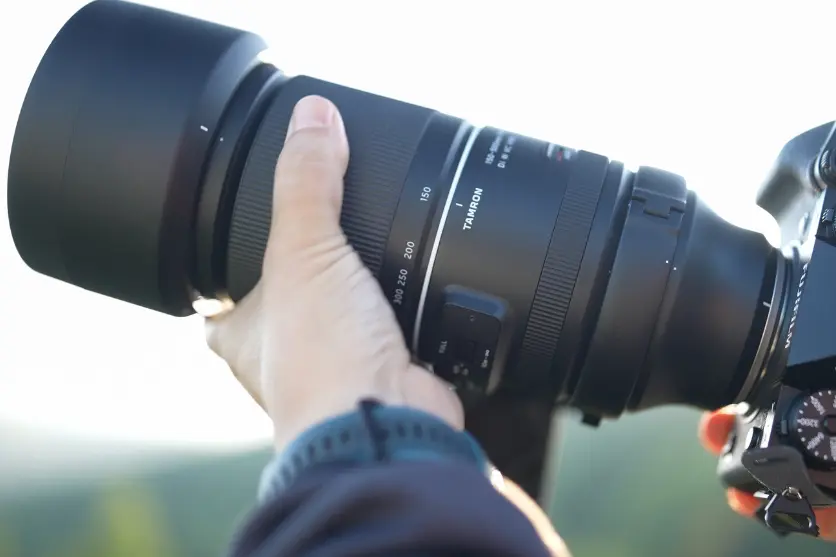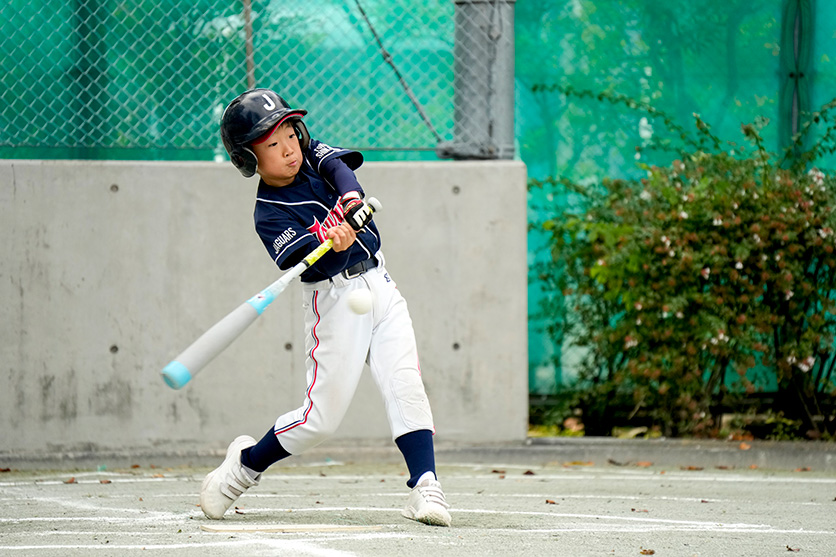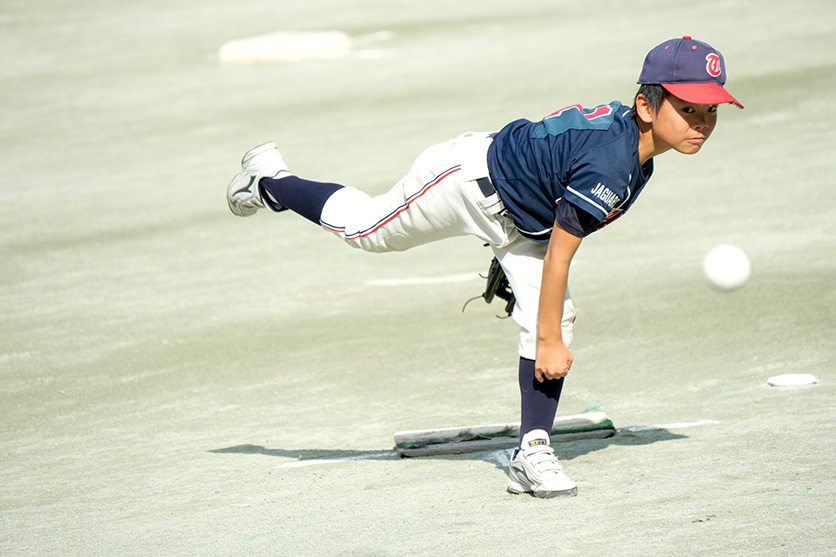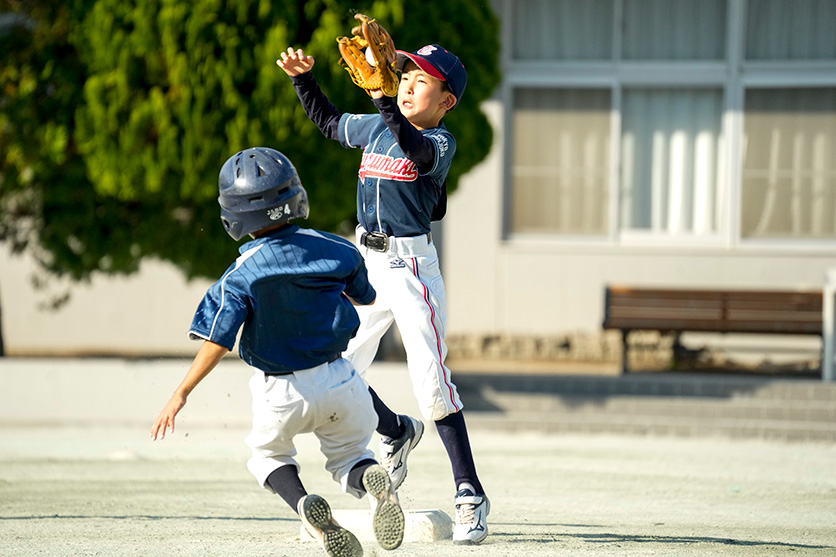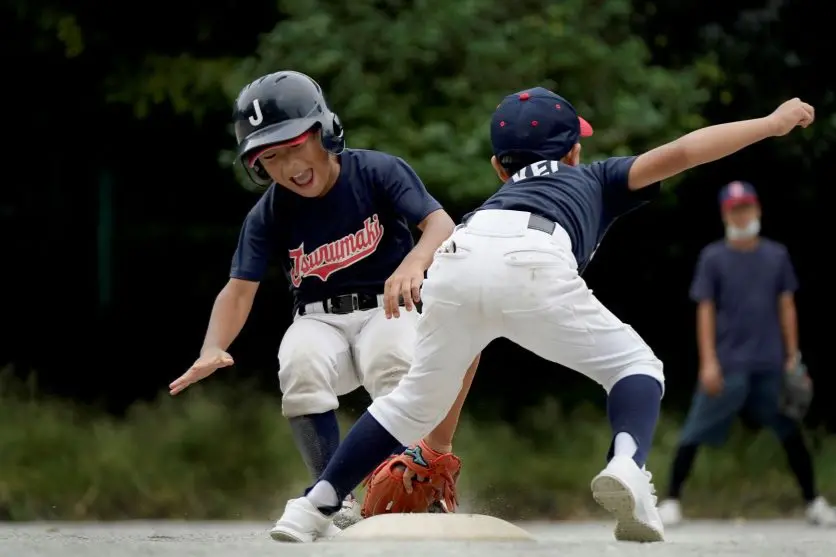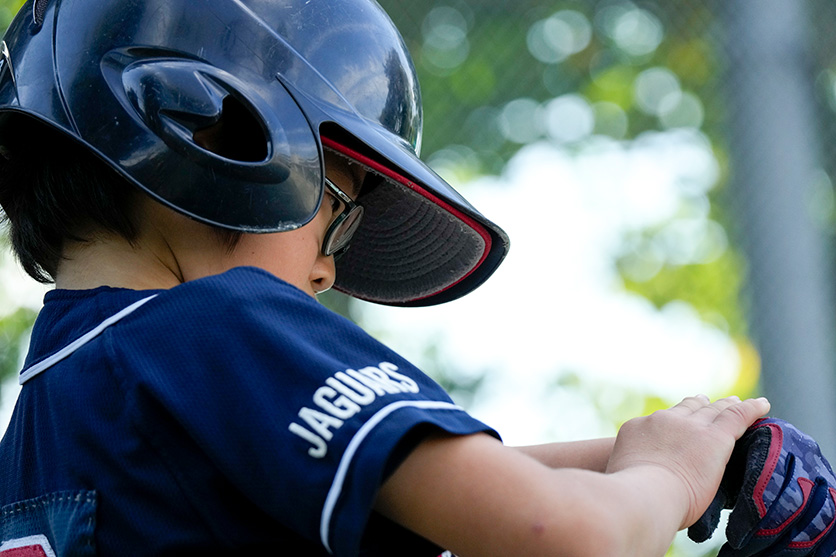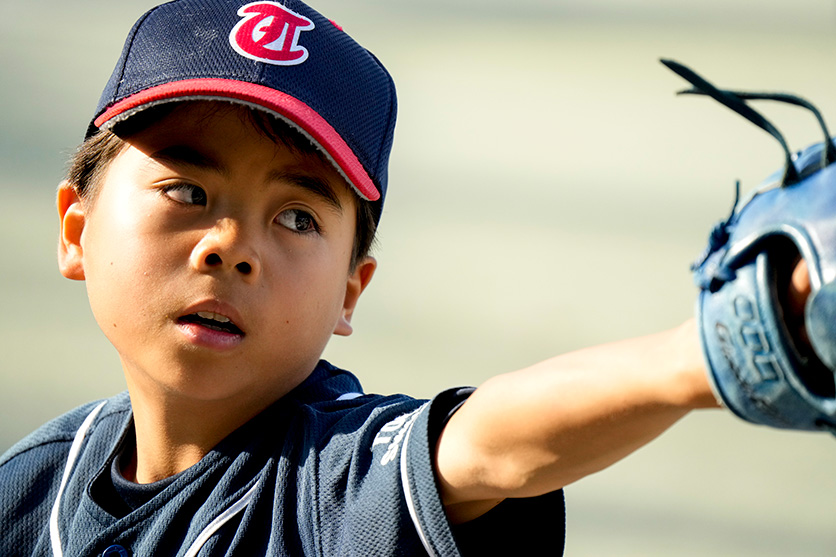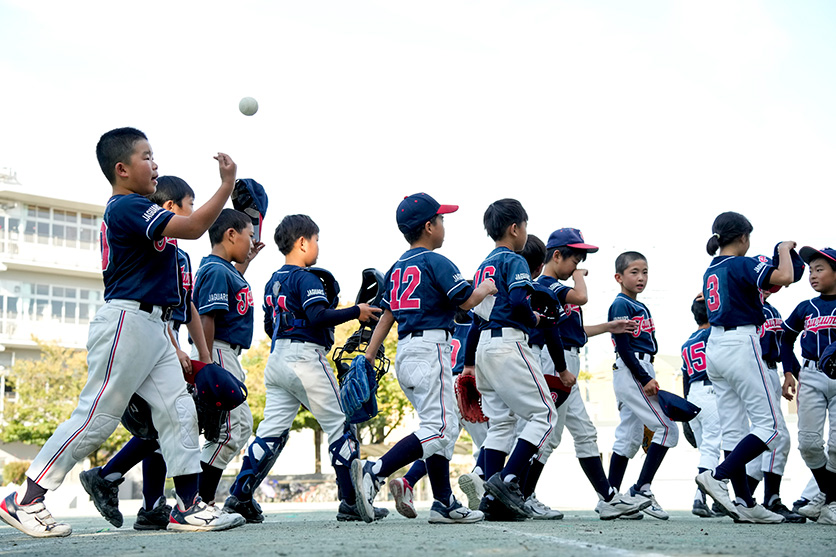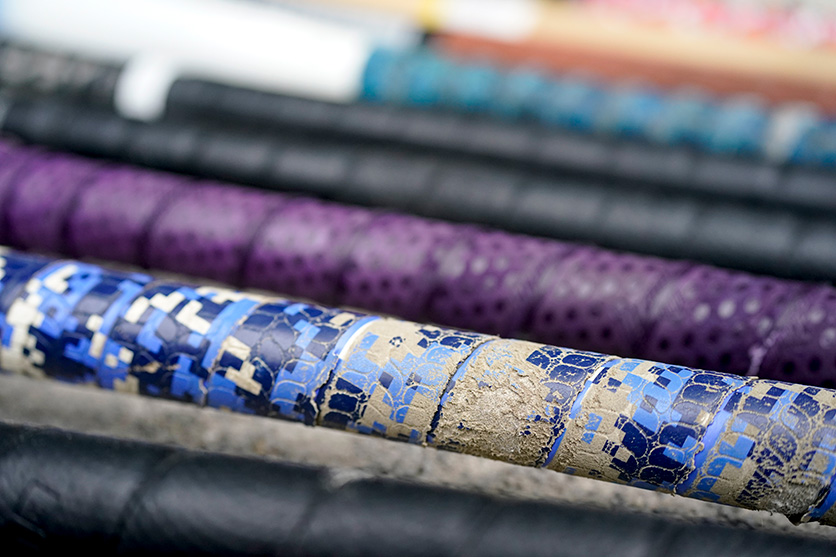November 15, 2024
[How to Photograph Baseball] Tips for taking cool shots and how to select the best lens for your photo shoot
[How to Photograph Baseball] Tips for taking cool shots and how to select the best lens for your photo shoot
![[How to Photograph Baseball] Tips for taking cool shots and how to select the best lens for your photo shoot [How to Photograph Baseball] Tips for taking cool shots and how to select the best lens for your photo shoot](/global/consumer/article_file/file/article-how-to-shoot-baseball-photos/07-en.jpg)
![[How to Photograph Baseball] Tips for taking cool shots and how to select the best lens for your photo shoot [How to Photograph Baseball] Tips for taking cool shots and how to select the best lens for your photo shoot](/global/consumer/article_file/file/article-how-to-shoot-baseball-photos/07-en.jpg)
Baseball is one of the most popular subjects for interchangeable-lens cameras. From professional baseball to amateur baseball and little league baseball, there are various scenes to photograph, and by following some shooting tips, you can take dynamic and powerful pictures. In this article, we will introduce tips for photographing baseball as you wish with an interchangeable-lens camera.
Ultra-telephoto lenses are recommended for photographing baseball
Baseball photography requires a telephoto or ultra-telephoto lens because the distance between the subject you want to photograph and the person you are photographing is often far. In particular, the distance from the center of the field to home base, first base, and third base is long, and there are situations where a wide-angle lens or standard lens is not powerful enough.
Therefore, we recommend the use of a “ultra -telephoto lens” with a focal length of approximately 300 mm or more. By using an ultra-telephoto lens, you can capture the movements and facial expressions of players at a distance. For example, it is easier to capture the pitcher's pitching form, the hitter's swing, and the defender's delivery of the ball in a powerful composition.
However, since telephoto lenses have a large aperture and tend to be heavy overall, camera shake can easily occur when shooting hand-held. For this reason, it is recommended to use a lens equipped with an image stabilizer.
Tips for taking good baseball photos
Here are some tips for taking good baseball photographs. When photographing baseball games and practices, you can make your photos more attractive by devising camera settings and shooting methods.
Camera exposure settings
When photographing baseball, it is important to accurately capture the players' movements. To achieve this, the camera's exposure settings must be appropriate. This section explains the shooting mode, shutter speed, F-number (aperture value), and ISO sensitivity settings.
Shooting Mode
Shutter speed is an important factor in capturing athletes' movements as blur-free photographs. For this reason, it is recommended to use the shutter speed priority mode. In this mode, you set the shutter speed, and the camera automatically adjusts the F-number (aperture value) to achieve the appropriate exposure.
Shutter Speed
If you are outdoors and there is sufficient light, you may want to set a faster shutter speed, such as 1/800th to 1/1600th of a second. This will minimize blurring for fast movements such as swinging, pitching, and base running. However, the faster the shutter speed, the less exposure you will get, so adjust the ISO sensitivity and exposure compensation if sufficient light is not available on cloudy days or night games.
F-number (aperture value)
To ensure exposure, it is best to set the F-number as close to the maximum aperture as possible. This increases the amount of light captured by the sensor, allowing you to take brighter pictures even at fast shutter speeds. In addition, a smaller F-number will result in a larger blur in the background, which will accentuate the presence of the players.
On the other hand, if you want to take a sharp picture of the entire scene, including the background, we recommend that you stop down the F-number. This will give you a deeper depth of field and allow you to capture the background around the athletes in focus.
ISO sensitivity
If you are outdoors during the daytime, start by setting your camera to ISO 100 to ISO 800. Adjust the ISO sensitivity as necessary while checking the photos you have taken. If it is dark, increasing the ISO sensitivity will allow you to take brighter pictures even with fast shutter speeds and a smaller aperture.
On the other hand, an excessively high ISO sensitivity may result in noticeable roughness in details, so consider the balance with image quality.
Half-press to focus and take a series of pictures
When photographing baseball, it is necessary to bring the players' expressions and bodies into sharp focus.
First, half-press the shutter release button on your camera, focus on the player, and observe the entire play. Then, when the moment you are waiting for arrives, shoot in continuous mode. By utilizing the continuous shooting mode, you can select the best moment in a series of quick movements.
To keep track of moving subjects, AF-C (Continuous AF) is a good choice for AF mode. The camera will automatically continue to focus on the subject, making it easier to capture sharp, clear pictures.
Shooting while changing locations
If possible, it is recommended to shoot from various positions and angles while moving from place to place.
Shooting from first base, third base, behind the back net, in the outfield, etc. will give a different impression to each photo. It also helps to capture a variety of facial expressions depending on the player's dominant arm and the direction in which he or she is holding the camera.
However, as a matter of course, avoid moving or moving in such a way that it interferes with other people watching, cheering, or playing.
If there is a net, get closer or zoom in
Many baseball stadiums have protective nets. When shooting from outside the net, if the net is in focus, it will get in the way of a good photo. In such cases, try moving closer to the net. By doing so, the net will be out of focus, and you will be able to get a good shot of the players.
You can also reduce the effect of the net by using the telephoto side to get a close-up on the player. If your lens has a focus limiter function, it is also effective to limit the range of focus.
Take advantage of background blur
In close-ups of players, you can accentuate their presence by incorporating background blur. Try creating a sense of realism by incorporating the scenery of the stadium (the benches, stands, surrounding nature, etc.) into the background.
In this case, using a telephoto lens and setting the F-number close to maximum aperture is effective. By narrowing the area in focus, the background will blur and the athletes will stand out as the subject.
Capture the entire image at the wide-angle side
Some telephoto zoom lenses cover the focal length of the standard range at the wide-angle side. With such high-power zoom lenses, you can take wide-angle shots of the entire field, bleachers, benches, and other scenery.
Enjoy a wide range of expression by shooting not only close-up shots of the players, but also the whole picture to convey the atmosphere of the game site or practice.
How to Shoot by Scene
In a baseball game, a variety of plays unfold with each passing inning. Here are some tips on how to take good pictures of typical scenes such as the batter's swing, pitcher's throw, and defensive play.
Batter's swing
When photographing a batter's swing, position yourself according to the batter's dominant arm. For left-handed batters, shoot from the third base side, and for right-handed batters, shoot from the first base side. This will make it easier to capture the swinging motion from the front of the body.
If you can shoot from a position close to the ground, shooting directly next to the batter or at a slightly lower height will help to convey the power of the batter's swing. Especially in the case of little league baseball, shooting from below the child's eye level will result in a powerful photo.
On the other hand, it is difficult to capture the moment the ball is hit, so first try to capture the moment before or after the hitter swings. Half-press the camera to focus on the player and wait for the ball as if you were standing in the batter's box. Then, shoot the moment of the swing in continuous mode.
The moment the pitcher throws the ball
The position of the pitcher's pitching position depends on his dominant arm. If the pitcher throws to right field, shoot from third base; if the pitcher throws to left field, shoot from first base to get a clear view of the pitching motion. If you shoot from behind the back net, you will be able to capture the pitcher's expression of great spirit and the moment of his powerful release.
Observe the pitcher's pitching motion and tempo, and take a series of shots at the moment he swings at the ball or steps into the box. Be careful of the shooting position, especially when shooting children. Shooting from a low position will give the photo a more dynamic feel.
Defensive play
When photographing a defensive play, set your sights on the shortstop, second baseman, catcher, etc., and wait for them. Anticipate the next play based on how the bases are loaded, the ball count, and the defensive position, and set up your camera in a flexible manner.
For example, if a runner is on first base, position your camera on the subject to anticipate a throw to second, a stolen base, a double play by the shortstop or second baseman, or a bunt. The player's appearance and facial expression as he or she is poised in a defensive position will also create a tense and tight scene. Try to capture their eyes looking around the ground and their expressions of heightened concentration.
Base running with a sense of dynamism
When photographing a defensive play, set your sights on the shortstop, second baseman, catcher, etc., and wait for them. Anticipate the next play based on how the bases are loaded, the ball count, and the defensive position, and set up your camera in a flexible manner.
For example, if a runner is on first base, position your camera on the subject to anticipate a throw to second, a stolen base, a double play by the shortstop or second baseman, or a bunt. The player's appearance and facial expression as he or she is poised in a defensive position will also create a tense and tight scene. Try to capture their eyes looking around the ground and their expressions of heightened concentration.
Base running with a sense of dynamism
At a baseball game, players' facial expressions are also attractive subjects. We recommend getting close-ups of the next batter's circle, players waiting on the bench, and other players' facial expressions.
Focus on the player's eyes and shoot from a position as low as possible below eye level. Blurring the background further enhances the impression of the player's facial expression.
Making Children Look Cool at little league Baseball Games
When photographing a little league baseball game or practice, you can take large, dynamic pictures by shooting from a position slightly below the child's eye level.
Focus on the child's eye level and capture their facial expressions clearly. Focusing on the child's facial expressions not only while playing but also while waiting will help you capture the child's seriousness and resilience.
Capturing the atmosphere of the bench and team
The bench during a game is another important subject for conveying the atmosphere of the team. It is also a good idea to capture the team as a whole, whether they are cheering, standing in a circle before or after the game, or lining up. Incorporating your team's logo or colors in the background is also recommended. When shooting, it is a good idea to use a slightly lower F-number to capture the players all the way to the edge of the angle of view, as in landscape photography.
In addition, the handshake and interaction between players at the end of a game symbolizes sportsmanship and friendship. By using a zoom lens to focus on the players' facial expressions and capturing scenes of handshakes and hugs between players, you will be able to capture touching and heartwarming moments in your photographs.
Capture the traces of practice with close-up photography
The equipment used in baseball also makes an attractive subject as proof of the players' efforts. Taking close-up shots of the details of bats, balls, gloves, and other equipment will show how the players practice on a daily basis. Try to capture the texture of used equipment, as well as gloves and grips that are stained with dirt.
Shooting at night games or indoors
Night games and indoor matches tend to be poorly lit. On the other hand, to capture the players' movements, you need to keep the shutter speed fast.
Therefore, it is important to adjust the brightness by increasing the ISO sensitivity or setting the exposure compensation to positive. Also, under artificial lighting, pay attention to white balance.
How to choose the right lens for baseball photography
Finally, here are some important points for selecting the right lens for shooting baseball.
Focal length
As mentioned above, since the players are often far away from you when shooting baseball, a telephoto lens, preferably an ultra -telephoto lens, is recommended. The longer the focal length, the larger you can photograph the players at a distance. Furthermore, a high-power zoom lens such as TAMRON 's 50-400mm F4.5-6.3 VC lens can cover a wide range of angles of view, making it easier to follow the players' movements.
However, the longer the focal length, the larger and heavier the lens tends to be, so consider how easy it is to carry and maneuver.
F-number
A lens with a small maximum aperture F value makes it easier to take bright pictures. When photographing baseball, shutter speeds are often set fast to stop the players' movements, and depending on the weather and time of day, the amount of light tends to be insufficient.
A small aperture F-number makes it easier to capture more light in such situations where exposure is difficult to obtain.
Weight and compactness
Baseball photographs are often taken from a variety of angles and positions, so light and compact lenses are easy to use.
Since it also means you can hold the camera easily, check whether it feels comfortable in your hand when you hold it, as well as its weight and sense of handling.
Minimum shooting distance
As mentioned above, the basic rule of baseball photography is to shoot away from the players, but sometimes you may want to take close-up shots.
For example, a lens with good close-up shooting ability is useful for capturing details of equipment such as bats and gloves. By choosing a lens with a short minimum focusing distance, you can expand your range of expression.
Autofocus (AF) performance
Baseball players move quickly, and it is required to capture the scene moment by moment. Therefore, it is important that the AF performance be high, that it focus smoothly, and that it follows the subject in focus. Check the AF performance of your lens in advance.
Image Stabilization Mechanism
When shooting hand-held with a telephoto lens, camera shake is likely to occur. Choosing a lens with an image stabilization mechanism will help control camera shake and make it easier to take clear pictures. In baseball photography, the use of a tripod or monopod is often restricted in many locations, so having an image stabilization mechanism makes the photographer feel more secure.
Enjoy photographing baseball with these tips!
When shooting baseball, it is important to accurately capture the players' movements. By setting a fast shutter speed and using the continuous shooting mode, you can capture the decisive moment. Also, by taking pictures from different angles, you can create photos with a realistic feel. It is also recommended to refer to actual photos taken at professional baseball games and Koshien.
While applying the information presented in this article, try capturing the appeal of baseball from your own unique perspective.

Lens Featured in this Impression
-
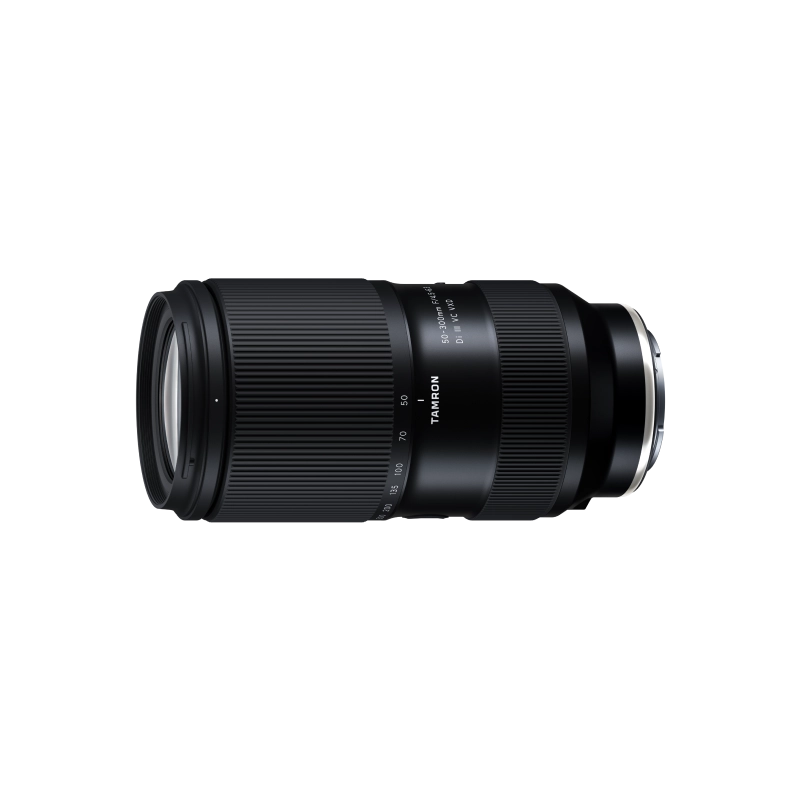
-
50-300mm F/4.5-6.3 Di III VC VXD a069(Model )
50-300mm F/4.5-6.3 Di III VC VXD (Model A069) is a 6x telephoto zoom lens for Sony E-mount that delivers outstanding convenience and image quality. Discover the groundbreaking capabilities of a 300mm telephoto zoom that starts from 50mm at the wide end.
-

-
70-300mm F/4.5-6.3 Di III RXD a047(Model )
The 70-300mm F/4.5-6.3 Di III RXD (Model A047) for full-frame mirrorless cameras is a telephoto zoom lens designed and created so photographers of all skill levels can enjoy high quality images comfortably. The 70-300mm F4.5-6.3 covers a broad telephoto zoom range yet is the small and lightest weight. With special emphasis on resolving power, TAMRON has deployed special lens elements appropriately arranged to correct chromatic aberration, generally very strong in a telephoto lens, as well as other aberrations. Users can enjoy high-resolution images combined with stunning bokeh qualities that are achievable only with a telephoto lens. The lens also incorporates the RXD, a high-speed precision AF drive system that is remarkably quiet. The 70-300mm F4.5-6.3 is a versatile lens for photographing landscapes, sports and other action, pets, wildlife, and more. The lens also demonstrates its potential for portrait shooting, casual snapshots, and scenarios that require you to be mobile and shoot handheld, like sporting events.
-

-
50-400mm F/4.5-6.3 Di III VC VXD a067(Model )
The 50-400mm F/4.5-6.3 Di III VC VXD (Model A067) is an ultra-telephoto zoom lens with an 8x zoom starting at 50mm at the wide-angle end and compatible with full-frame mirrorless cameras. The lens delivers uncompromised high image quality over the entire 50-400mm focal length range, yet is as compact and lightweight as a 100-400mm class lens. Equipped with the VXD mechanism and the VC mechanism, the lens can quickly focus on the subject's movement when shooting sports and wild birds. The 50-400mm F4.5-6.3 VC is a new ultra-telephoto zoom lens that combines unparalleled image quality and mobility.
-
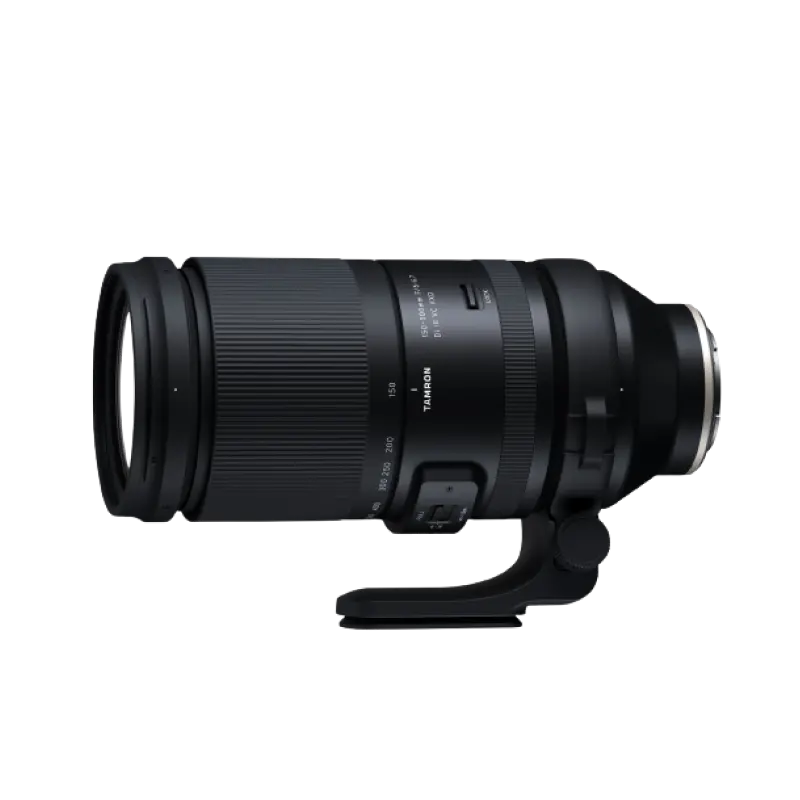
-
150-500mm F/5-6.7 Di III VC VXD a057(Model )
The 150-500mm F/5-6.7 Di III VC VXD (Model A057) is compact enough to be handheld while maintaining a focal length of 500mm on the telephoto end. It allows users to easily enjoy the world of the 500mm ultra-telephoto lens while maintaining its high image quality. The high-speed, high-precision AF with excellent tracking performance and the VC mechanism support handheld shooting in the ultra-telephoto range.
-
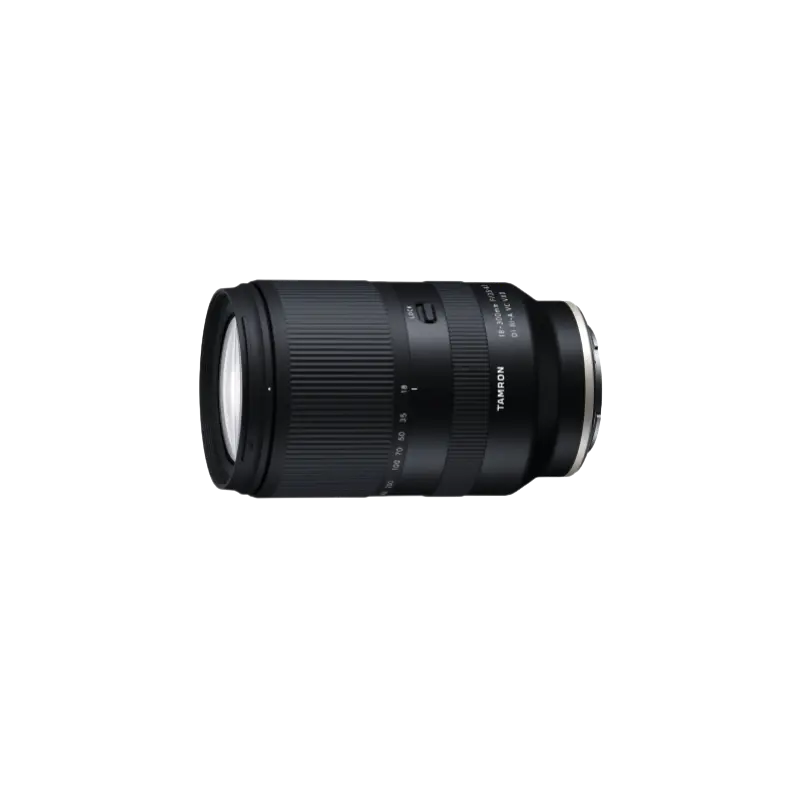
-
18-300mm F/3.5-6.3 Di III-A VC VXD b061(Model )
The 18-300mm F/3.5-6.3 Di III-A VC VXD (Model B061) achieves 16.6x zoom and is equipped with the VXD for a quiet and agile AF drive. The optical construction includes several special lens elements, specifically four LD (Low Dispersion) and three hybrid aspherical lens elements. These elements help to produce clear, sharp images from the center to the corners and deliver top-level image quality in its class. It is enabled close-up shooting and is equipped with the VC system. The 18-300mm F/3.5-6.3 makes photography more fun because you can use it in an unlimited number of situations. It’s so versatile, it will inspire you to push your creativity further and further.

